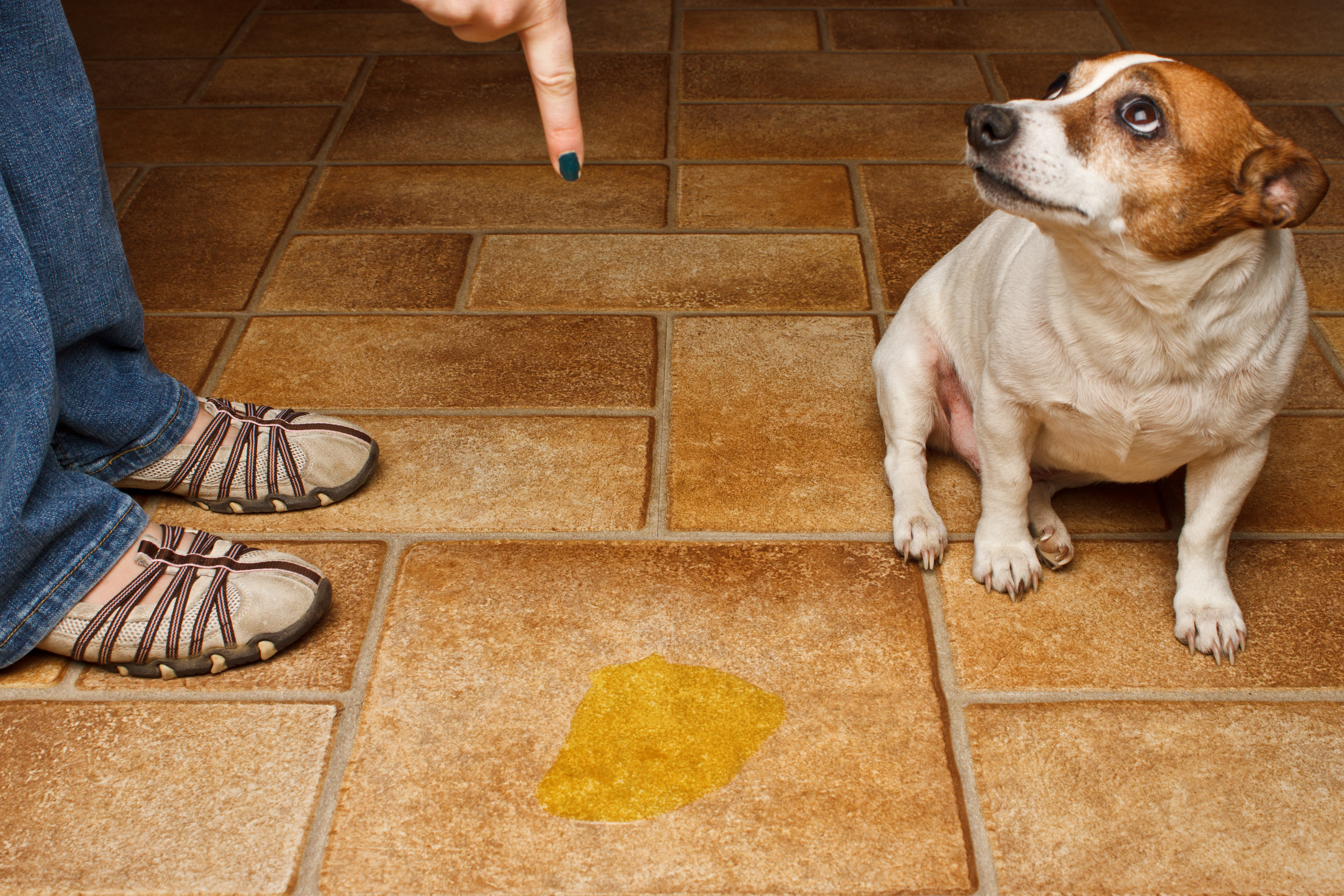House Training an Older Dog Without a Crate
Generally speaking, you will house train a dog when they are still a puppy. However, sometimes this just does not happen. If you get the dog as a puppy, then yes, it should be done as a puppy, but you may purchase or receive an older dog, maybe from a neighbor or a shelter, and they may not be house trained.
In some cases, you may want to use a crate for this, but there are some dogs, especially older ones set in their habits, which are not going to do well with a crate. Older dogs who are not used to crates, when not trained to be comfortable with them from a young age, may never feel comfortable with a crate.
Dogs can bark, whine, cry, and just make a racket, and be scared too. So, if this is the case, it is going to be a bit harder to house train your older dog. House training an older dog without a crate is what we are here to figure out how to do right now. There are various methods of doing this.
The Leash Method
The first way you can house train an older dog without a crate is by using the leash method. It’s quite simple and often it is the most effective way to get the job done. First, get the dog used to a leash. Show the dog the leash, let it be in the vicinity of the leash, and let it get used to it. Next, put the dog on the leash and be sure to give it a treat as soon as you do. Remember, you need to use a reward system for all good behavior.
hakkari escort bayan
Once the dog seems comfortable on the leash, pick the leash up and hold onto it. Keep in mind that this is a time- and effort-intensive process, especially for an older dog. Make sure the leash has enough slack so the dog can lay down next to you, but no so much slack that they can move too far away from you and get into trouble. Provide the dog with some toys to make them comfortable and ensure that they do not constantly try to move away on the leash.
Now, the tricky part may be spotting the signs that your dog needs to go to the bathroom. As soon as you see any indication that the dog needs to do their business, immediately take the dog outside. The dog should in all reality then do their business outdoors, and as soon as they do, be sure to reward the good behavior. If the dog happens to go inside before you catch it, gently correct this behavior by immediately taking the dog outdoors. This should send the message that the dog was wrong to do its business indoors. Keep in mind that with older dogs, this can take a few weeks to accomplish, but the trick is to be patient and to offer lots of positive rewards for good behavior.
The Dog Room Method
Another method to house or potty train an older dog without a crate is to make something like a dog room or dog pen; an exercise pen or small room will work just fine here. Be sure to remove anything the dog may want to destroy and anything that the dog might feel like it is OK to go to the bathroom on, such as floor mats or rugs of any sort. In the beginning, you will need to provide the dog with an appropriate area to relieve themself inside this room or pen, such as puppy pee pads or even a litter box.
Here, the first step is to catch your dog going to the bathroom where it should not be, then tell them “no,” and immediately bring your dog to the pee pads or litter box. If the dog happens to do their business on the pads or litterbox right from the get-go, you need to reward this good behavior instantly. Hammer home the point that this pee pad or litter box is where all bathroom business is to be done. Once this has been accomplished, you can then move on to the next phase.
For the next phase, you want to slowly bring your dog out of that room or pen, and you also need to move the litter box or pee pads too. First, move them just outside of the pen or room, and keep reinforcing the positive behavior, which in this case is relieving themself on the pads or litterbox. Day by day, you can then slowly move the pads or litterbox closer to the door, all the while reinforcing the point that those areas are where it is OK to go to the bathroom. Be sure not to move them too far or too quickly in a single day, or else it might confuse the dog.
However, as the days go on, you can then move the litter box or pee pad outdoors, and if your dog is reasonably smart, and has grown accustomed to relieving themself in those things, they will most likely notify you that they want to go to the bathroom. Be sure the dog knows that you have moved the pads or litterbox outdoors, and if they do know, they should want to go outdoors to use the pads. Every time the dog wants to go out to do their business, reward this good behavior. Eventually, you can then eliminate the litter box or pee pads altogether.
Conclusion
Remember, house training an older dog, especially without a crate, can be quite challenging, but not impossible. It will take patience, a lot of time, effort, and yes, a lot of tasty treats, but it can be done, so don’t give up or lose hope.

